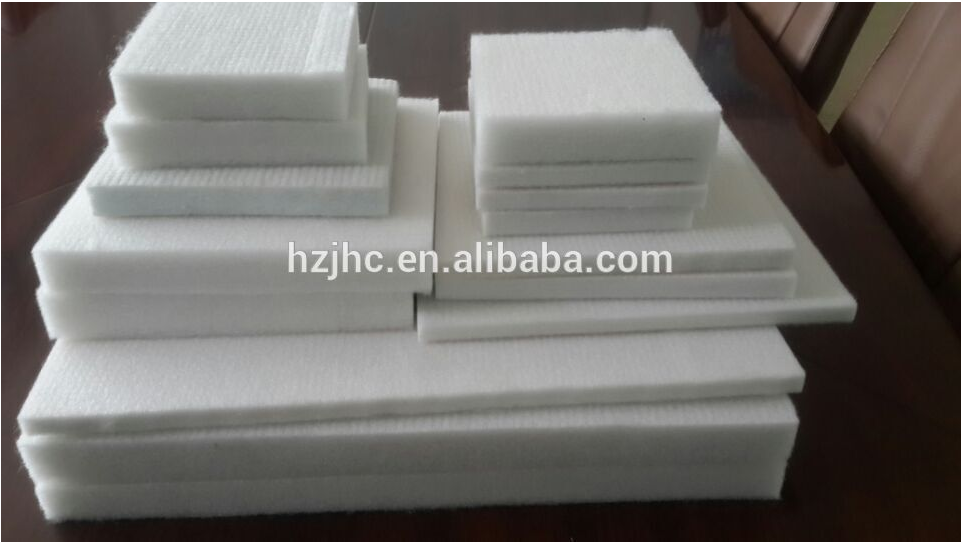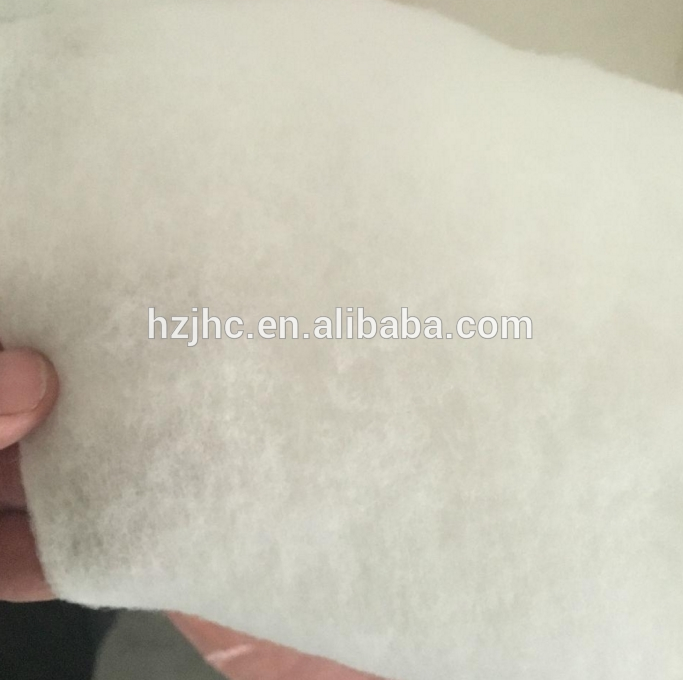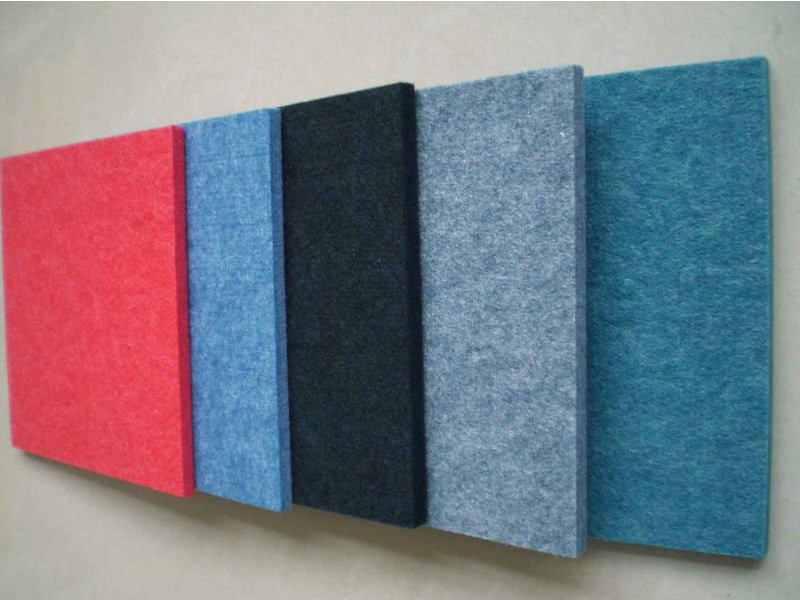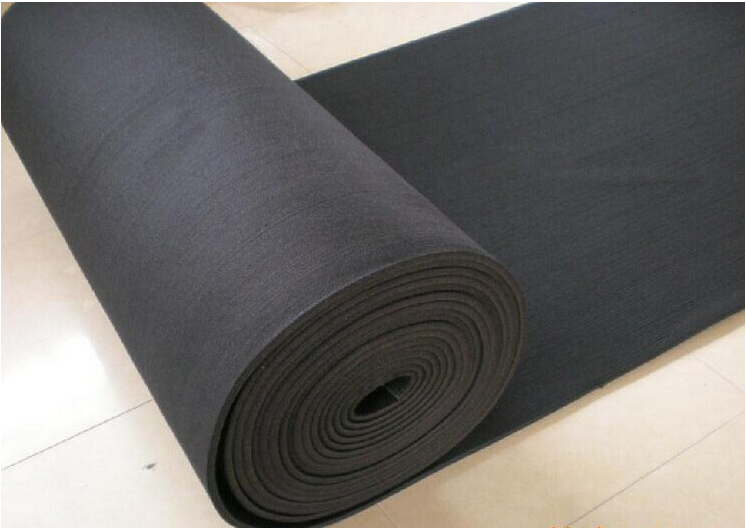How to identify various non-woven fabrics materials
Manual visual measurement: this method is applicable to non-woven materials in the state of scattered fibers.
(1) compared with ramie fiber and other hemp fiber, cotton fiber is shorter and finer, often with various impurities and defects.
(2) the feel of hemp fiber is rough and hard.
(3) wool fibers are curly and elastic.
(4) Silk is a filament, long and slender, with a special luster.
(5) in chemical fibers, only viscose fibers have a large difference in strength between dry and wet states
(6) spandex is very elastic and can stretch to more than five times its length at room temperature.
Microscopic observation: non-woven fibers are identified according to the longitudinal and sectional morphological characteristics of fibers.
(1) cotton fiber: form of cross section: round waist with middle waist;Longitudinal appearance: flat band, with natural twist.
(2) hemp (ramie, flax, jute) fiber: cross-sectional shape: waist round or polygonal, with middle cavity;Longitudinal pattern: transverse section, vertical grain.
(3) wool fibers: cross section shape: round or nearly round, some with hairy medulla;Longitudinal appearance: scales on the surface.
(4) rabbit hair fiber: cross section shape: dumbbell type, hairy medulla;Longitudinal appearance: scales on the surface.
(5) silkworm silk fiber: cross section shape: irregular triangle;Longitudinal appearance: smooth and straight, with vertical stripes.
(6) common viscosity-fiber: cross section shape: serrated, core-skin structure;Longitudinal profile: longitudinal grooves.
(7) rich and strong fiber: cross section shape: less dentate, or round, oval;Longitudinal shape: smooth surface.
(8) acetate fiber: cross section shape: trifoliate or irregular serrated shape;Longitudinal appearance: the surface has longitudinal stripes.
(9) acrylic fiber: cross section shape: round, dumbbell shape or leaf shape;Longitudinal shape: smooth or streaked surface.
(10) chloro fiber: cross section shape: close to circular;Longitudinal shape: smooth surface.
(11) spandex fiber: cross section shape: irregular shape, round, potato shape;Longitudinal appearance: the surface is dark and deep, with unclear bone striations.
(12) polyester, polyamide and polypropylene fiber: cross section shape: round or shaped;Longitudinal shape: smooth.
(13) vinylon fiber: cross section shape: waist circle, skin core structure;Longitudinal morphology: 1~2 grooves.
Density gradient method: to identify non-woven fibers according to the characteristics of various fibers with different densities.
(1) with the density gradient fluid, the carbon tetrachloride was generally selected.
(2) calibrate the density gradient tube.
(3) measurement and calculation: the fibers to be measured were pretreated for deoiling, drying and defoaming. After the pellets were made and put into balance, the fiber density was measured according to the suspended position of the fiber.
Fluorescence method: use ultraviolet fluorescent lamp to irradiate non-woven fiber, and identify non-woven fiber according to different fluorescence properties of various non-woven fiber, and different fluorescence colors of non-woven fiber.The fluorescence color of various non-woven fibers is shown in detail:
(1) cotton and wool fibers: light yellow
(2) mercerized cotton fiber: light red
(3) jute (raw) fiber: purplish brown
(4) jute, silk and polyamide fiber: light blue
(5) viscose fiber: white and purple shade
(6) light viscose fiber: light yellow purple shade
(7) polyester fiber: white light and bright sky
(8) wilon fiber with light: pale yellow purple shadow.
Combustion method: according to the different chemical composition and combustion characteristics of non-woven fiber, the major types of non-woven fiber can be roughly divided.The comparison of combustion characteristics of several common non-woven fibers is as follows:
(1) cotton, hemp, viscose and copper ammonia fiber: close to the flame: no shrinkage and no melting;Contact flame: burns rapidly;Leave the flame: continue to burn;Smell: the smell of burning paper;Residue characteristics: a small amount of gray-black or gray-white ash.
(2) silk and wool fibers: close to flame: curly and melted;Contact flame: curling, melting, burning;Leave the flame: slow burning sometimes by itself;Smell: the smell of burnt hair;Residue characteristics: loose and brittle black particles or coke - shaped.
(3) polyester fiber: close to flame: molten;Contact flame: melt, smoke, slow burning;Leave the flame: continue to burn, sometimes by itself out;Smell: special aromatic sweet;Residue characteristics: hard black beads.
(4) polyamide fiber: close to flame: melt;Contact flame: molten, smoking;Leaving the flame: self-extinguishing;Smell: amino;Residue characteristics: hard light brown transparent beads.
(5) acrylic fiber: close to flame: melt;Contact flame: molten, smoking;Leave the flame: continue to burn, emitting black smoke;Smell: acrid;Residue features: black irregular beads, fragile.
(6) polypropylene fiber: close to flame: melted down;Contact flame: melt, burn;Leave the flame: continue to burn;Smell: paraffin taste;Residue features: pale hard transparent beads.
(7) spandex fiber: close to flame: melt shrinkage;Contact flame: melt, burn;Leaving the flame: self-extinguishing;Smell: extremely peculiar smell;Residue characteristics: white gelatinous.
(8) polyvinyl chloride fiber: close to flame: melt;Contact flame: melt, burn, emit black smoke;Leave the flame: extinguish by itself;Smell: pungent;Residue characteristics: dark brown lumps.
(9) vinylon fiber: close to flame: melting;Contact flame: melt, burn;Leave the flame: continue to burn, emitting black smoke;Bouquet: characteristic aroma;Residue characteristics: irregular burnt - brown lumps.
Huizhou Jinhaocheng Non-woven Fabric Co., Ltd, which was founded in 2005,with factory building covering an area of 15,000 square meters, is a professional chemical fiber nonwovens production-oriented enterprise.Our company has realized fully automated production, which can reach a total annual production capacity to 6,000 tons with more than tens production lines in total. Located in Huiyang District, Huizhou City of Guangdong Province, where there are two high-speed crossings. Our company enjoys convenient transportation access with only 40 minutes driving from Shenzhen Yantian Port and 30 minutes from Dongguan.
nonwoven fabric products:
Post time: Oct-13-2018




